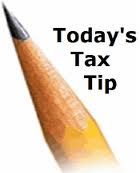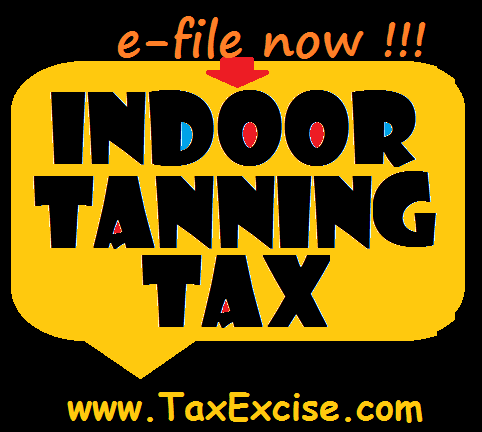Excise Summary Terminal Activity Reporting System (ExSTARS)
What is ExSTARS?
ExSTARS is a fuel reporting system developed with the cooperation of the IRS, Department of Transportation, States, and Motor Fuel Industry, which details the movement of any liquid product into or out of an IRS approved terminal.
The ExSTARS system requires each terminal operator and bulk carrier to file monthly reports. Reports are filed for each approved terminal with a Terminal Control Number. The Terminal Control Number (TCN)/Terminal Locations Directory contains terminal control numbers and locations for IRS approved terminals.
Who is required to use ExSTARS?
Terminal Operators and Bulk Fuel Carriers (pipeline, vessel and barge operators) are required to file monthly information returns – Fuel Transaction Reports. All receipts and disbursements of liquid products to and from an approved terminal are reportable. If reportable transactions equal or exceed 25 during a monthly reporting period, electronic reporting through ExSTARS is required. Each receipt of liquid product and each disbursement of liquid product constitutes a separate transaction even if it is a single movement of fuel.
Form 720-TO Terminal Operator Report. Form 720-TO is required to be filed by a terminal operator to report monthly receipts and disbursements of all liquid products to and from all approved terminals.
Form 720-CS Carrier Summary Report. Form 720-CS is required to be filed by bulk transport carriers (barges, ships, and pipelines) who receive or deliver products in or out of storage at a terminal, or any other location designated by a facility control number (FCN). Pipelines only file for receipt or delivery transactions at an approved terminal.
Facility Control Number System (FCN)
A facility control number designates a storage location within the motor fuel, or renewable fuel production or the bulk transfer / terminal system. Facilities include refineries (RCN), approved terminals (TCN), biodiesel production facilities (BCN), or ethanol production facilities (ECN). Currently, only TCNs are required to file returns. Information in the RCN directory is required for reporting purposes for carriers. The BCN and ECN numbers will be released at a later date. Information regarding the use of FCNs was made public by an announcement in the Federal Register on April 12, 2010.
When to file?
The report is due the last day of the month following the reporting period. If any due date for filing a return falls on a Saturday, Sunday, or legal holiday, the report maybe filed on the next business day.
How to file?
• Apply to participate in electronic filing using letter(s) of application. Fill-in letters of application are available for Terminal Operator/Carriers and Transmitters.
• Electronic Filing (Electronic Data Interchange) over the Internet
• A test cycle will be used to test the exchange of files between the electronic filer and the IRS prior to submitting production files. These tests will ensure the successful submission of qualifying electronic Form720-TO, and Form 720-CS information returns.
• Paper submission of Form 720-TO and/or 720-CS
Why is filing required?
• Implementation of Treasury Regulation 48.4101-2 requiring “taxable fuel registrants” to provide information reports.
• Match Information Returns against Excise Tax Returns.
The new electronic format will be available for testing beginning in early December 2010.
Please see a summary of these changes for further details.
References/Related Topics
Source: IRS.gov read more.
 The IRS Form 2290 is made available from Nov 1, 2011 for the Tax Year 2011-12, If your vehicle was first used in July, August, September or October 2011, you are required to file Form 2290 by November 30, 2011. You will not be liable for any late filing penalty or interest if you meet this due date. Beginning November 1, 2011, we will provide a stamped (receipted) Schedule 1 to those who file and pay their tax.
The IRS Form 2290 is made available from Nov 1, 2011 for the Tax Year 2011-12, If your vehicle was first used in July, August, September or October 2011, you are required to file Form 2290 by November 30, 2011. You will not be liable for any late filing penalty or interest if you meet this due date. Beginning November 1, 2011, we will provide a stamped (receipted) Schedule 1 to those who file and pay their tax.


 Starting July 1, 2010, many businesses offering tanning services must collect a 10 percent excise tax on the tanning services they provide. This excise tax requirement is part of the Affordable Care Act that was enacted in March 2010. Indoor Tanning tax has to be reported for the 1st Quarter of 2011 is due by May 2nd, 2011.
Starting July 1, 2010, many businesses offering tanning services must collect a 10 percent excise tax on the tanning services they provide. This excise tax requirement is part of the Affordable Care Act that was enacted in March 2010. Indoor Tanning tax has to be reported for the 1st Quarter of 2011 is due by May 2nd, 2011.